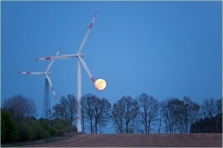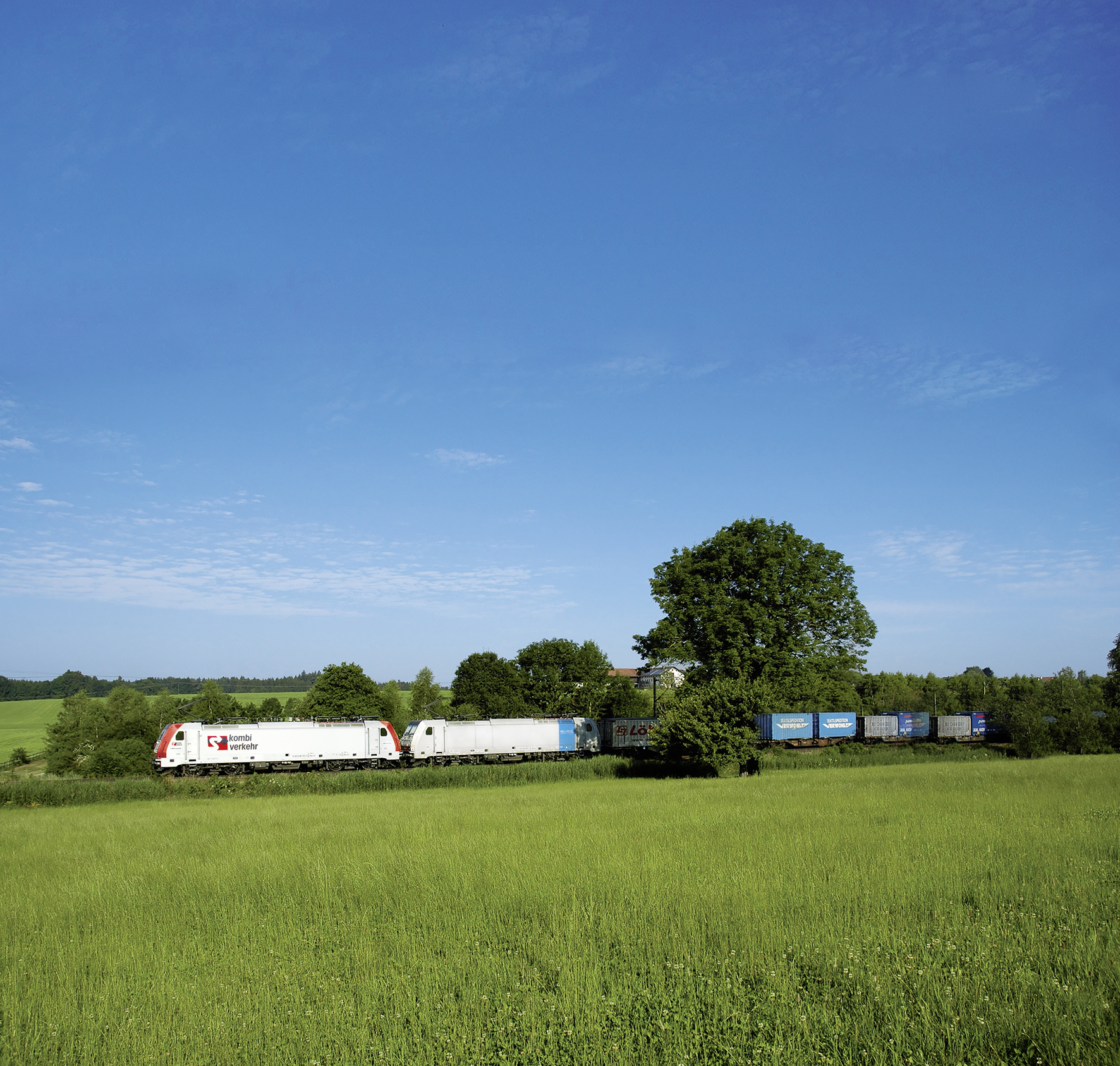Emissions Calculation
Kombiverkehr transport services are kind to the environment.
Pertinent scientific calculations show that every truckload shifted onto the railway by Kombiverkehr reduces emissions of the greenhouse gas CO2 by 60 grams per tonne per kilometre compared with transport by road alone.
Given that Kombiverkehr transports a good million consignments every year over an average distance of a more than 800 kilometres, this saving is equivalent to a transport output of over 17.5 billion tonne kilometres. As a result, CO2 emissions in Europe fall by around one million tonnes every year thanks to Kombiverkehr
You can calculate the amount of pollution emitted by your transports quickly and easily using the "Online Timetable" application.
Noise emissions
Society’s continuing acceptance of rail freight transport also depends on how quickly noise emissions are reduced. That is why Kombiverkehr also advocates the use of quiet brakes.
Braking systems on modern freight wagons reduce the noise emissions of a train by approximately 10 decibels, which equates to a halving of the perceived volume. All goods wagons licensed since the year 2006 bring this advantage with them. The brakes on older wagons can be retrofitted with the help of new brake blocks. The new blocks now consist of a composite material rather than grey cast iron. As Kombiverkehr has a very young wagon fleet, the majority of wagons have been running on quiet blocks from the very start. We have also assumed a pioneering role in the conversion to new brake blocks, however, and we made an early start to retrofitting our own wagon fleet.
Emissions comparison according to the European EN 16258 standard
Traffic is considered one of the primary causes of global climate change. In Europe the significance of freight transport as a source of numerous types of pollution is increasing markedly because the next few decades are expected to see a further continual rise in freight transport. According to the German environment ministry, freight traffic on roads alone will climb by 59 % from 2005 to 2025. Long-term studies show that the increase in transport volumes more than outweighs the reduction in the consumption of individual trucks [cf. UBA]. Given this background, the potential relief offered by Combined Transport gains in significance. That is because shifting consignments onto the railway drastically reduces the pollution emitted as a result of transport.
Neutral comparisons between the pollutant emissions of the various forms of transport in freight traffic demonstrate the precise advantages that Combined Transport has for the environment. The IFEU Institute, founded by the University of Heidelberg, took analysis of this issue a huge leap forward in 2003 with the development of the Transport Emission Model (Tremod). It is used by the German Environment Agency and the federal Ministry of the Environment, Nature Conservation and Nuclear Safety, among others. Updated by the IFEU in 2005, the model demonstrates that transport by rail saves 57 grams of the greenhouse gas CO2 alone per tonne kilometre compared with freight transport just by road. When considering other relevant pollutants such as nitrogen oxides and hydrocarbons as well, or primary energy consumption, shifting transport from road to rail proves to be the most environmentally friendly form of transport compared with all other types.








